What are nightshades? In this post, we define the nightshade list of plants and explain why for some people, eating them causes inflammation.
Plus, we’ll identify the symptoms of nightshade allergies and sensitivity, to help you decide if they are a good fit for your diet.
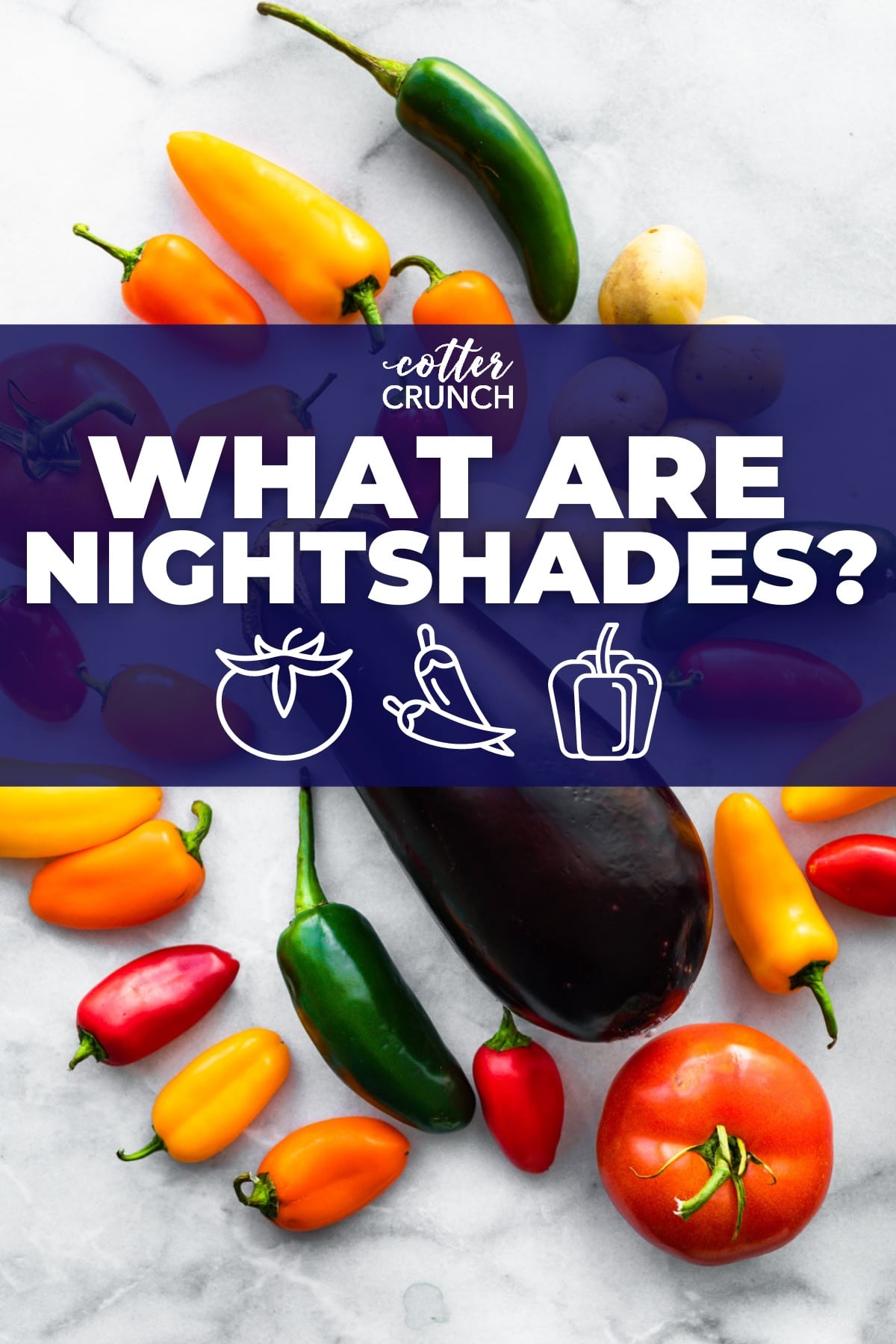
This is the second post in our monthly series of nightshade free recipes!
Two days from now, we’ll be releasing our all new meal plan of anti inflammatory recipes, and we’re including nightshade free options!
Before we share it though, it’s important that you understand what nightshades are. This way, you can make an informed decision with your doctor on whether or not these foods are right for your eating plan.
Disclosure: Lindsay Cotter is a certified nutrition specialist, and does not have a medical degree. The information in this post comes from reliable medical resources, but should not be taken as medical advice. We recommend that you consult with your doctor before starting any new eating program or making changes to your diet.
What Are Nightshades?
Nightshades (also known as Solanaceae) are a group/family of flowering plants. The complete list of them is very long, as there are over 6,000 plants in the nightshade family, both edible and non edible plants.
There are different forms, including vines, flowering shrubs, trees, agricultural crops, and even weeds.
While nobody seems to know for sure, it is a common belief that nightshades are called this because many of the plants grown in shady areas and/or they flower at night.
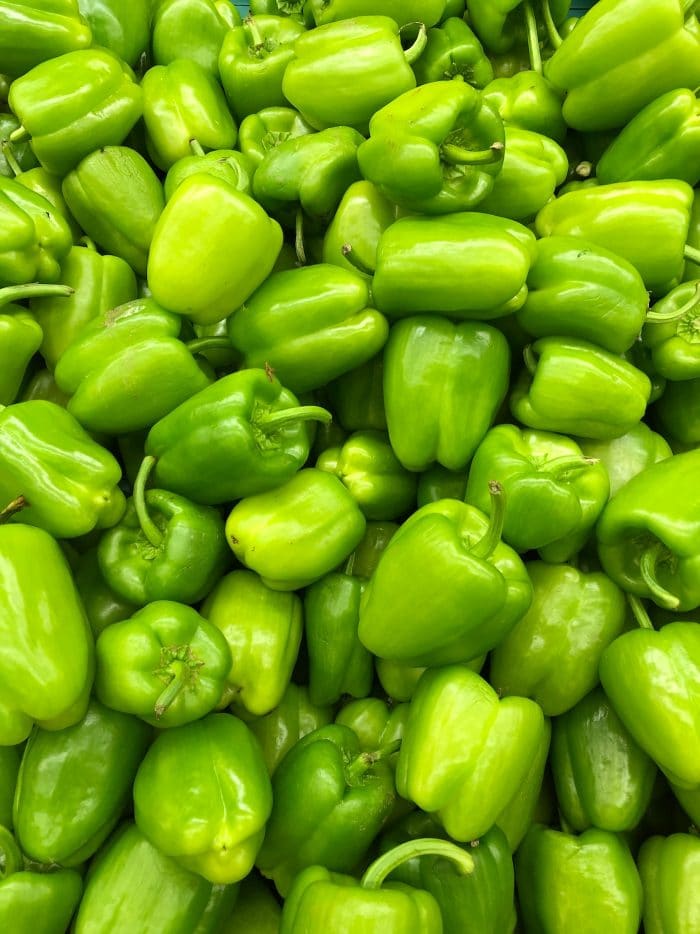
Nightshade Allergies and Intolerance
All of the plants in the family of nightshades contain alkaloids (chemical compounds) that could have a positive or negative effect on the body. Solanine, capsaicin, and nicotine to name a few.
Solanine, is a naturally occurring glycoalkaloid poison.
As a result, people with an intolerance or allergy to solanine may experience negative side effects when they ingest nightshades. Some of the symptoms that may be related to nightshade allergies and intolerance are:
- Nausea and/or vomiting
- Headaches
- Body weakness
- Hives and skin rashes
- Inflammation
The area of inflammation can vary from person to person. Some experience inflammation in their gut, while others feel it in their joints.
In addition to inflammation, foods on the nightshade list can be harmful to people with autoimmune diseases.
What are nightshades good for?
All of this aside, the fact is, some nightshade foods offer health and nutritional benefits to those who can tolerate them. They can and should be part of a healthy diet.
For example, tomatoes are rich in lycopene, which is an antioxidant. Sweet bell peppers are rich in vitamin C and minerals, and eggplant is packed with fiber and potassium.
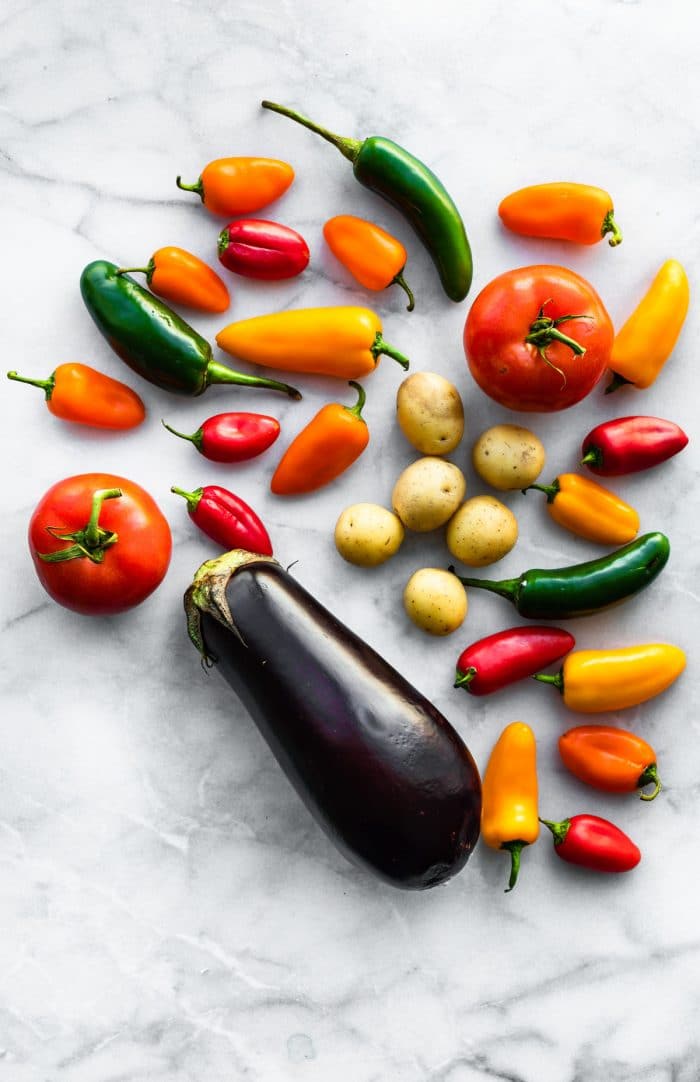
The Culprits: Foods on the Nightshade List
Here are some of the most common nightshade vegetables, fruits, herbs, spices, and edible plants.
Nightshade Fruits
- Eggplant (also known as aubergine)
- Goji berries
- Gooseberries
- Pepinos– type of Spanish cucumber
- Peppers– This includes all sweet and spicy peppers, such as bell peppers, banana peppers, jalapeno, habanero, etc. It should be noted that pimentos (pimientos) are red cherry peppers, so they are also nightshade vegetables.
- Tomatoes– All varieties, sizes, and colors
- Tomatillos and Tamarillos
Herbs and Spices, and Condiments
- Ashwagandha-an ayurvedic herb, also commonly known as poison gooseberry, Indian ginseng, and winter cherries
- Condiments– Simple condiments like ketchup, hot sauce, salsa, and chili sauce are nightshade foods.
- Spices – Primarily red spices, such as paprika, chili powder, cayenne, and red pepper flakes. NOTE: peppercorns, including white pepper and black pepper, are NOT nightshades, so are safe to eat.
Nightshade Vegetable List and Plants
- Potatoes
All varieties of white, purple, and yellow flesh potatoes. One exception is sweet potatoes. NOTE: Sweet potatoes are NOT a nightshade.
The two glycoalkaloids made in potatoes are alpha-solanine and alpha-chaconine. And of all the glycoalkaloids found in nightshade foods, these are the worst. They happen to be the most toxic. (source)
Peeling potatoes will reduce the glycoalkaloids (the majority of them are in the peel), but you may still have issues.
- Tobacco
You may already know some of the health issues related to smoking tobacco. What you may not know is that smoking cigarettes is even more dangerous for people with nightshade allergies or intolerance.
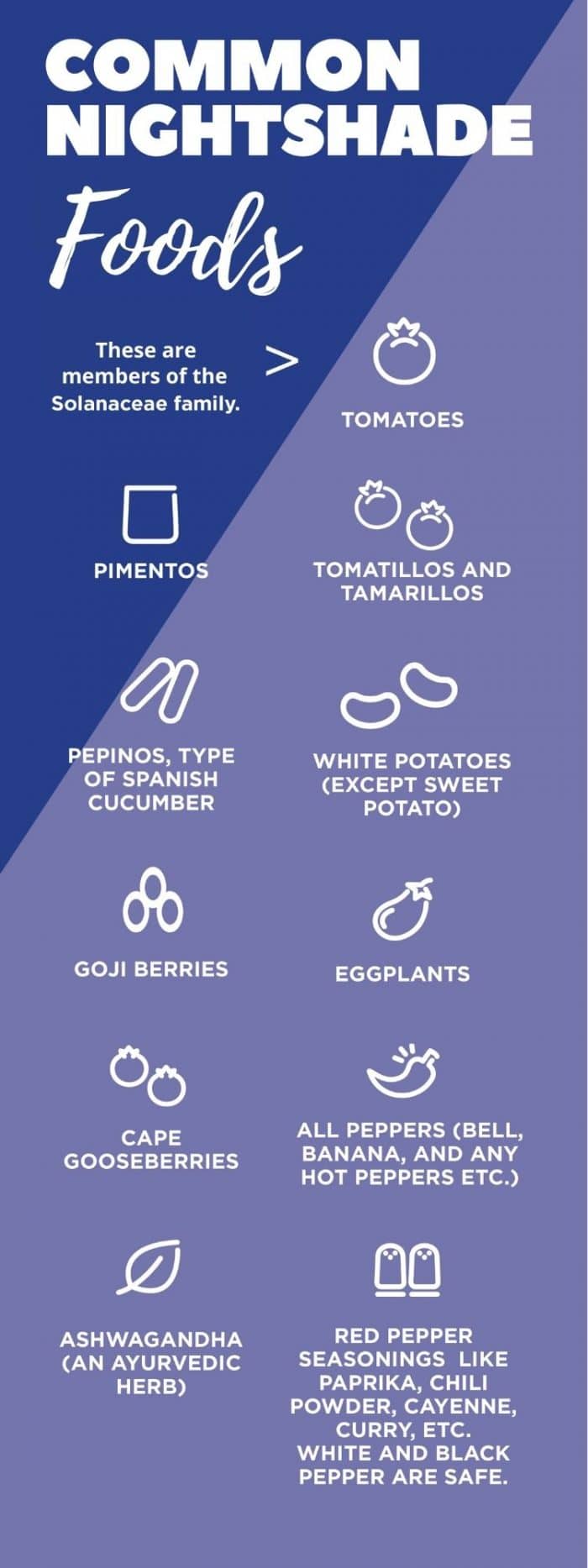
What are Nightshade Substitutes?
If you need to avoid nightshades, here are some common substitutes that you can use instead, along with a list of foods rich in anti-inflammatory properties.
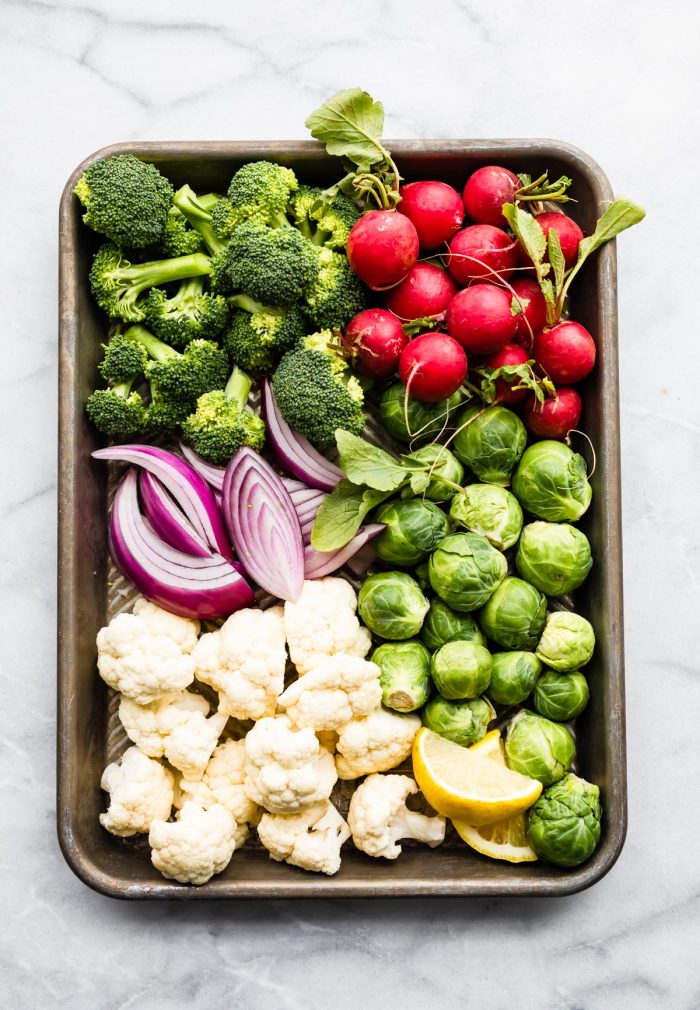
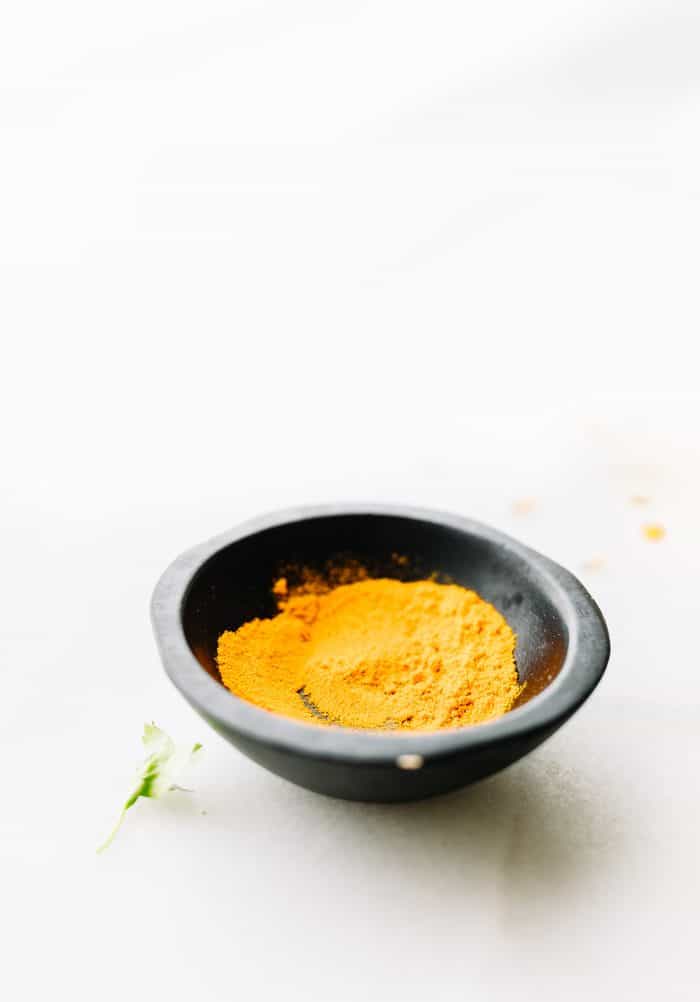
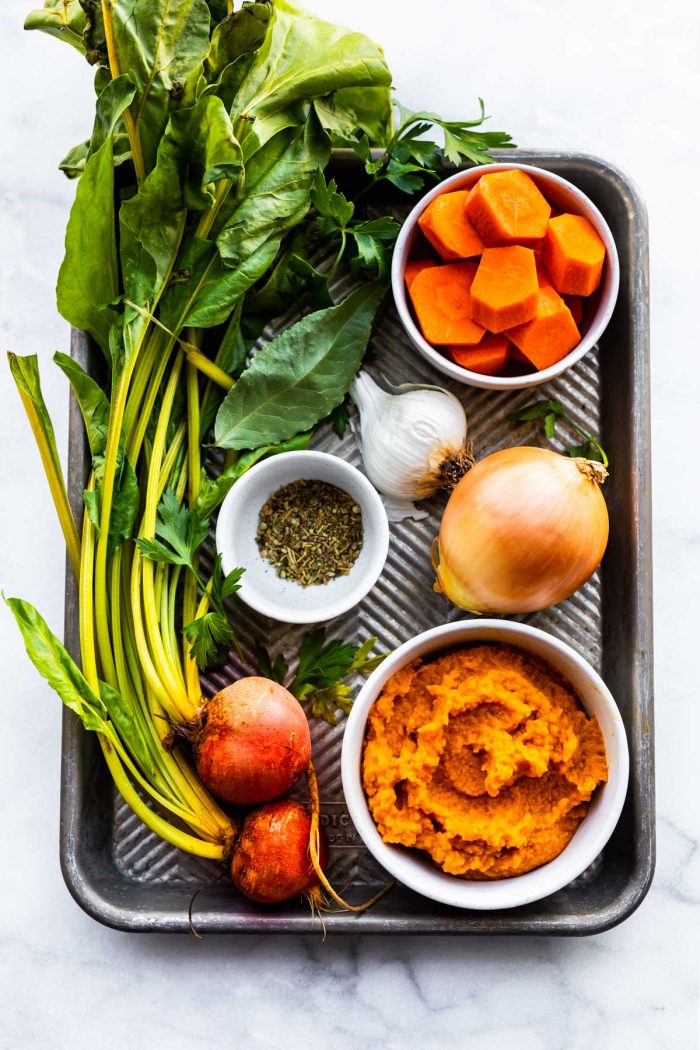
Nightshade free spices and seasonings
- Black pepper and other peppercorns
- Cardamom
- Cinnamon
- Cloves
- Coriander
- Cumin- a great replacement for paprika and other red spices
- Ginger
- Liquid smoke- a great replacement for marinades and sauces that include smoky peppers like chipotle, ancho, etc.
- Sea salt
- Turmeric- the perfect substitute for curry powder
Substitutes for Nightshade Vegetables and Fruits
| Instead of This | Use This Substitute |
|---|---|
| white potatoes | sweet potatoes or squash |
| chiles / hot sauces | horseradish, wasabi, radishes, or fresh ginger |
| eggplant | mushrooms or zucchini |
| tomatoes in salad or salsa | zucchini, cucumbers, or mango |
Garlic and onion are not nightshades and can enhance flavor in any dish!
Closing
So, there you are, friends! I hope you learned a lot and now have a better understanding of what nightshades are, what signs of sensitivity or allergy to look for, and whether or not they are right for your eating plan.
There is a LOT of information here for you to digest (pun intended…haha).
So, if you have any questions at all about this, please feel free to leave a comment below this post. We are here to help you!
Eat well, and stay out of the shade!
LC
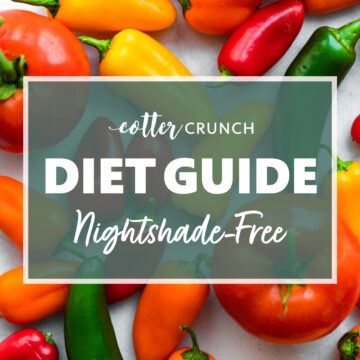

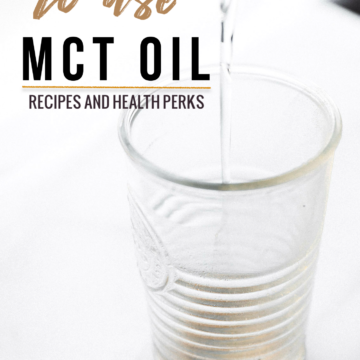



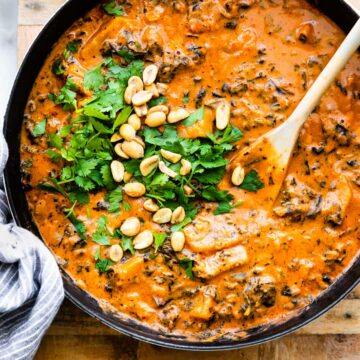
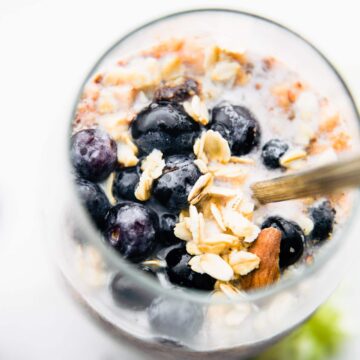
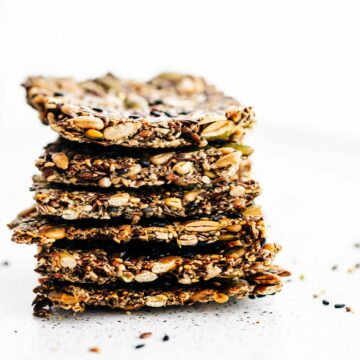

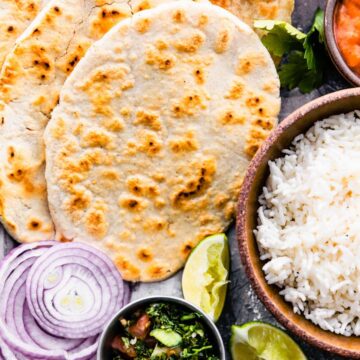
Thanks for sharing your precious time to create this post, It so informative and the content makes the post more interesting. really appreciated.